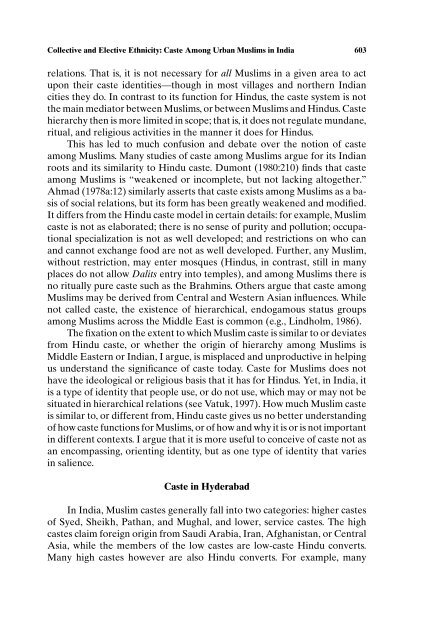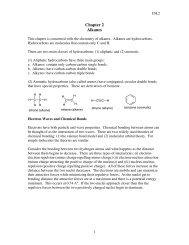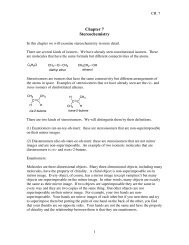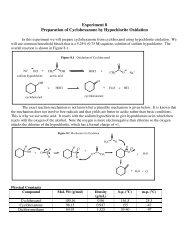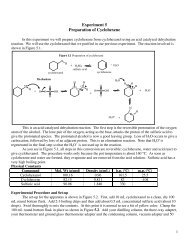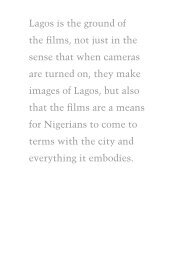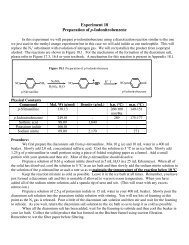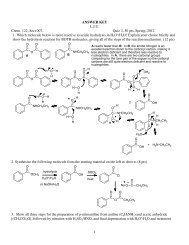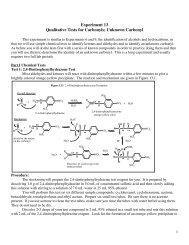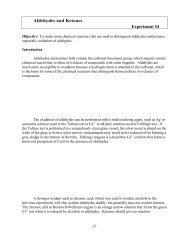Collective and Elective Ethnicity: Caste Among Urban ... - myweb
Collective and Elective Ethnicity: Caste Among Urban ... - myweb
Collective and Elective Ethnicity: Caste Among Urban ... - myweb
Create successful ePaper yourself
Turn your PDF publications into a flip-book with our unique Google optimized e-Paper software.
<strong>Collective</strong> <strong>and</strong> <strong>Elective</strong> <strong>Ethnicity</strong>: <strong>Caste</strong> <strong>Among</strong> <strong>Urban</strong> Muslims in India 603relations. That is, it is not necessary for all Muslims in a given area to actupon their caste identities—though in most villages <strong>and</strong> northern Indiancities they do. In contrast to its function for Hindus, the caste system is notthe main mediator between Muslims, or between Muslims <strong>and</strong> Hindus. <strong>Caste</strong>hierarchy then is more limited in scope; that is, it does not regulate mundane,ritual, <strong>and</strong> religious activities in the manner it does for Hindus.This has led to much confusion <strong>and</strong> debate over the notion of casteamong Muslims. Many studies of caste among Muslims argue for its Indianroots <strong>and</strong> its similarity to Hindu caste. Dumont (1980:210) finds that casteamong Muslims is “weakened or incomplete, but not lacking altogether.”Ahmad (1978a:12) similarly asserts that caste exists among Muslims as a basisof social relations, but its form has been greatly weakened <strong>and</strong> modified.It differs from the Hindu caste model in certain details: for example, Muslimcaste is not as elaborated; there is no sense of purity <strong>and</strong> pollution; occupationalspecialization is not as well developed; <strong>and</strong> restrictions on who can<strong>and</strong> cannot exchange food are not as well developed. Further, any Muslim,without restriction, may enter mosques (Hindus, in contrast, still in manyplaces do not allow Dalits entry into temples), <strong>and</strong> among Muslims there isno ritually pure caste such as the Brahmins. Others argue that caste amongMuslims may be derived from Central <strong>and</strong> Western Asian influences. Whilenot called caste, the existence of hierarchical, endogamous status groupsamong Muslims across the Middle East is common (e.g., Lindholm, 1986).The fixation on the extent to which Muslim caste is similar to or deviatesfrom Hindu caste, or whether the origin of hierarchy among Muslims isMiddle Eastern or Indian, I argue, is misplaced <strong>and</strong> unproductive in helpingus underst<strong>and</strong> the significance of caste today. <strong>Caste</strong> for Muslims does nothave the ideological or religious basis that it has for Hindus. Yet, in India, itis a type of identity that people use, or do not use, which may or may not besituated in hierarchical relations (see Vatuk, 1997). How much Muslim casteis similar to, or different from, Hindu caste gives us no better underst<strong>and</strong>ingof how caste functions for Muslims, or of how <strong>and</strong> why it is or is not importantin different contexts. I argue that it is more useful to conceive of caste not asan encompassing, orienting identity, but as one type of identity that variesin salience.<strong>Caste</strong> in HyderabadIn India, Muslim castes generally fall into two categories: higher castesof Syed, Sheikh, Pathan, <strong>and</strong> Mughal, <strong>and</strong> lower, service castes. The highcastes claim foreign origin from Saudi Arabia, Iran, Afghanistan, or CentralAsia, while the members of the low castes are low-caste Hindu converts.Many high castes however are also Hindu converts. For example, many


